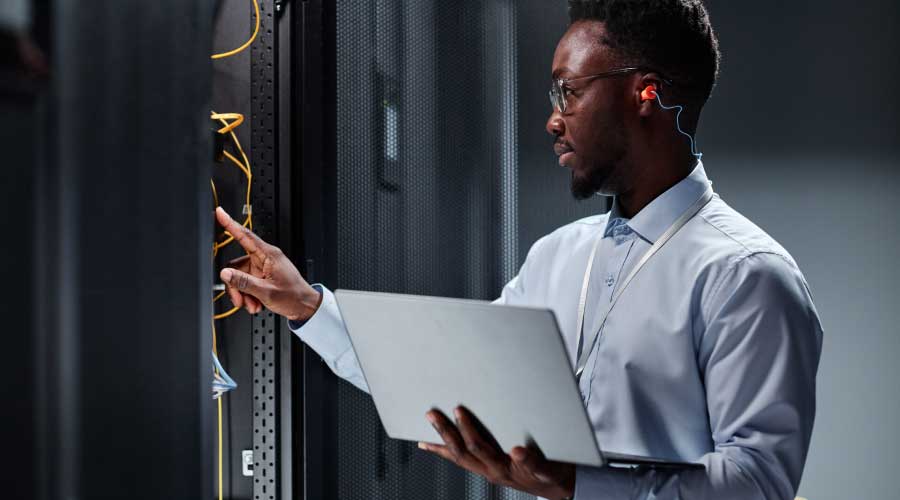Access-Control Technology Offers Enhanced Protection
More than ever, the general public is demanding that institutional and commercial facilities provide greater security and access control to all areas inside and outside of buildings. In response, maintenance and engineering managers are paying greater attention to new products and technologies that can enhance the protection of buildings, occupants, and operations.
A new generation of electronic access-control technology offers managers the opportunity to enhance security of and control access to facilities — provided their technicians specify and maintain these products and systems properly.
Technology benefits
Flexibility is the primary benefit of today's access-control systems. Technicians can reprogram door locks as often as desired from a central location, based on changing situations and activities. The systems also can record activities at all doors, producing a printout for administrative control of all changes.
System operators can encode special emergency cards or master cards to give certain personnel, including security or maintenance workers, access to selected doors as needed. The systems offer additional advantages. There is no rekeying, access cards expire automatically, and system administrators can program doors to open only during certain times.
The components of a card-operated lock system are a computer, up to 11 levels of magnetic-striped keycards, computerized card-reading door locks, and a hand-held computer that programs, monitors, and troubleshoots doors. To open a door, an authorized person slides a card encoded with the same instructions as the door unit through a vertical slot. The computer reads the card data and opens the door only if the information is valid.
Whether managers plan to completely redesign an access-control system or add to the existing system, many have found that locks using keycards or personal identification number (PIN) are versatile hardware components.
The identification (ID) card that actuates the lock contains a picture of the authorized user, a printed employee ID number, and the ID number in selected bar-code symbols. Authorized visitors or employees use a picture ID card to enter by swiping the bar code near the card reader or entering a PIN code on the keypad.
These systems also can read other forms of ID, such as fingerprints. Managers also can specify wireless, single-door versions coded at the keypad. The systems provide a time and date stamp for each use and enable monitoring from a central location.
Enterprise proximity card and PIN locks incorporate wired or wired/radio-frequency technology with computer-networked systems. They give system administrators control of thousands of doors with fully integrated access control, closed circuit television, and alarm monitoring. The systems provide real-time, on-screen camera control, and system administrators can partition databases to separate the records of visitors and employees.
One recent addition to these access-control systems is a proximity card that uses radio-frequency identification (RFID) technology. This card replaces magnetic, bar-code, and barrier-ferrite cards. It uses no contacts, and one of its potential benefits to facilities is that its produces less wear and tear on both the cards and the reader.
The proximity cards also are designed to provide vehicle tracking, and they do not require users to stop or swipe the card. System administrators also can update a card when it is within the range of a transmitter. The technology also can provide perimeter and building security on one card using two frequencies.
Related Topics:













